R&D
Minintel operates a research and development center in Shenzhen, where it has accumulated over 15 years of experience in relevant product development. This wealth of experience has fostered a mature product development capability, enabling us to offer clients a complete set of solutions ranging from conceptual design to mass production.


Professional Project Management Team
In the New Product Introduction (NPI) phase, a professional Project Management Team fulfills and realizes customer needs in the following 7 areas:


DFA (Design for Assembly)
When designing products, consider the convenience of assembly and manufacturing, offering suggestions to simplify assembly components, shorten the required assembly time, and reduce assembly costs.
Analysis of Design Simplification
Rationality Analysis of Part Distribution
Robustness Analysis of Products
Structural Analysis of Parts and Components
Rationality Analysis of Assembly Process


DFM(Design for Manufacture)
DFM is a methodology that, during the design phase, takes into consideration the manufacturing process, design characteristics, material selection, environmental factors, and testing requirements. Its aim is to identify and analyze potential risks, provide improvement suggestions, and ensure the manufacturability and production efficiency of the product.
PCB Board Design Analysis
Assembly Analysis
Panelization Analysis
Microvia Analysis
Structural Component Design Analysis


DFR(Design for Reliability)
DFR is a systematic approach aimed at eliminating potential flaws and weak points in products by establishing reliability models, conducting reliability analysis and validation, evaluating and optimizing designs, thereby reducing product risk.
Product Reliability Design and Validation
PCBA Process Reliability Analysis and Evaluation
EMC (Electromagnetic Compatibility) Design and Remediation


DFT(Design for Test)
DFT is a design philosophy that incorporates testability features into the design of electronic products to facilitate efficient and effective testing. By doing so, it aims to enhance product quality while reducing testing costs. Key elements of DFT include:
Development of ICT (In-Circuit Test), FCT (Functional Circuit Test), and Flying Probe Test Strategies: These tests are designed to verify the functionality of individual components and the entire circuit board respectively. ICT checks for component presence, value, and solder joint integrity; FCT simulates the operational environment to test circuit functionality; and Flying Probe tests offer flexibility in testing complex boards without the need for a fixture.
AOI (Automated Optical Inspection) and X-ray Testing Solutions:AOI systems use cameras and optical sensors to inspect the surface of printed circuit boards for defects such as missing or damaged components, incorrect component placement, and solder defects. X-ray testing is particularly useful for inspecting internal structures of components and solder joints that are not visible from the surface, ensuring integrity even in densely populated or multi-layer boards.


Hardware Design
This involves the conceptualization and creation of physical electronic devices or systems. It includes selecting appropriate components, defining their functional and performance specifications, and designing how they work together to achieve the desired functionality.
RF (Radio Frequency) Design
Platform Design
PCB (Printed Circuit Board) Design
Reliability Design



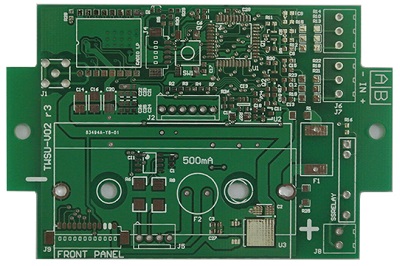 PCB
PCB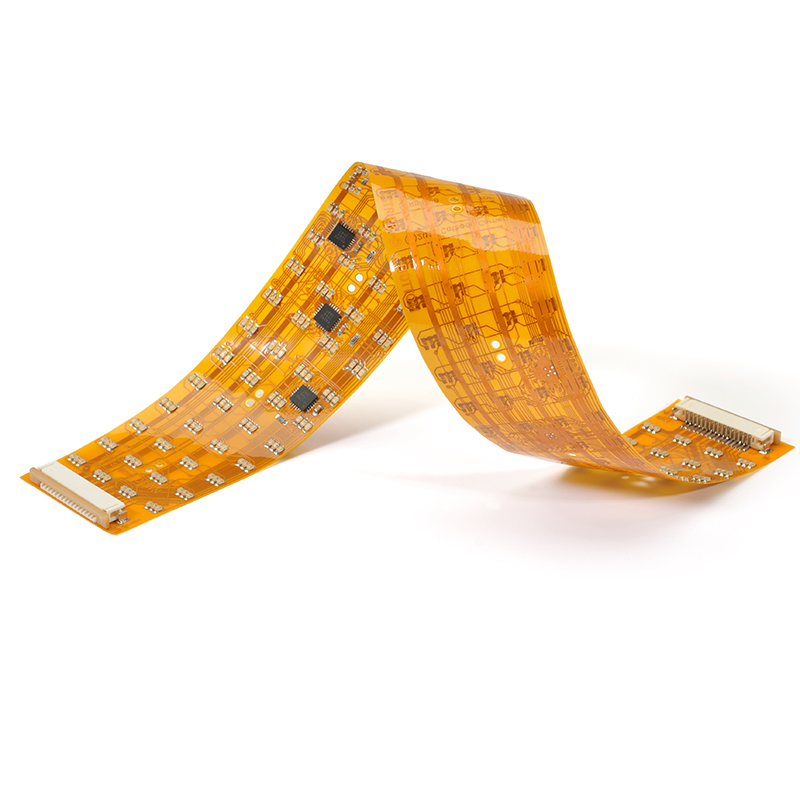 FPC
FPC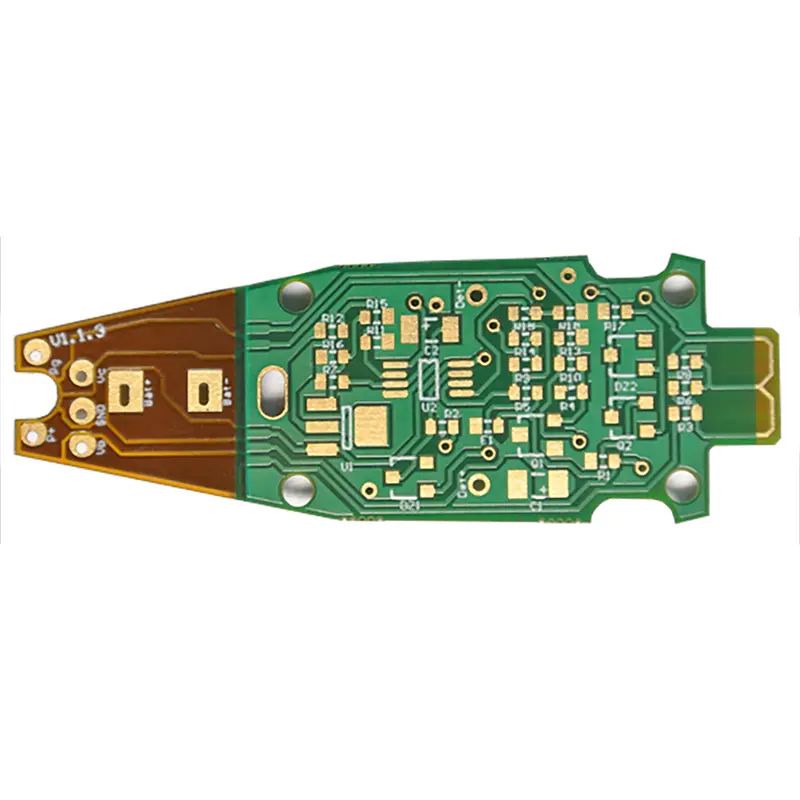 Rigid-Flex
Rigid-Flex FR-4
FR-4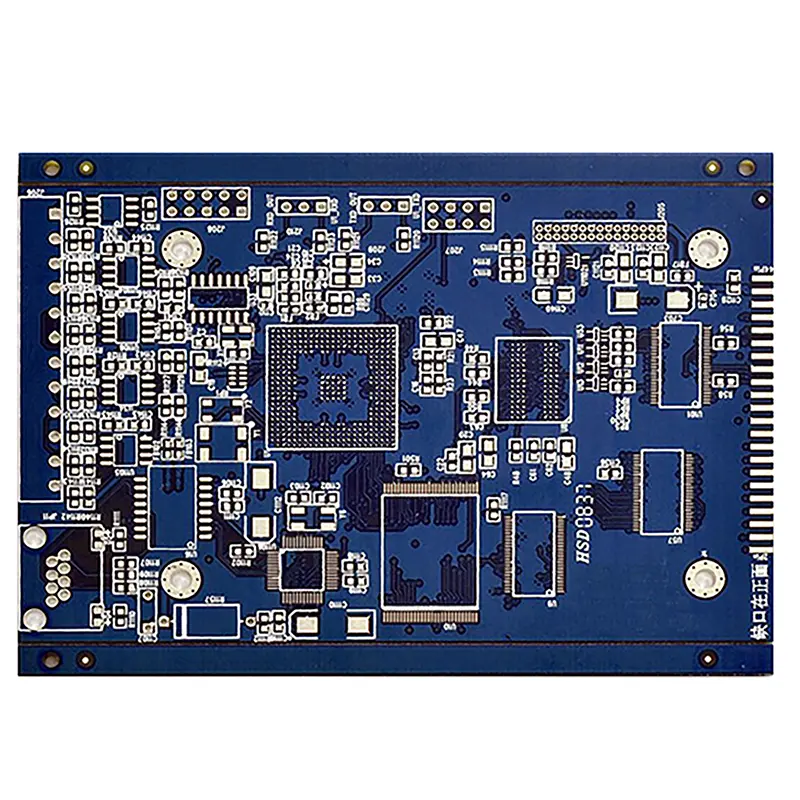 HDI PCB
HDI PCB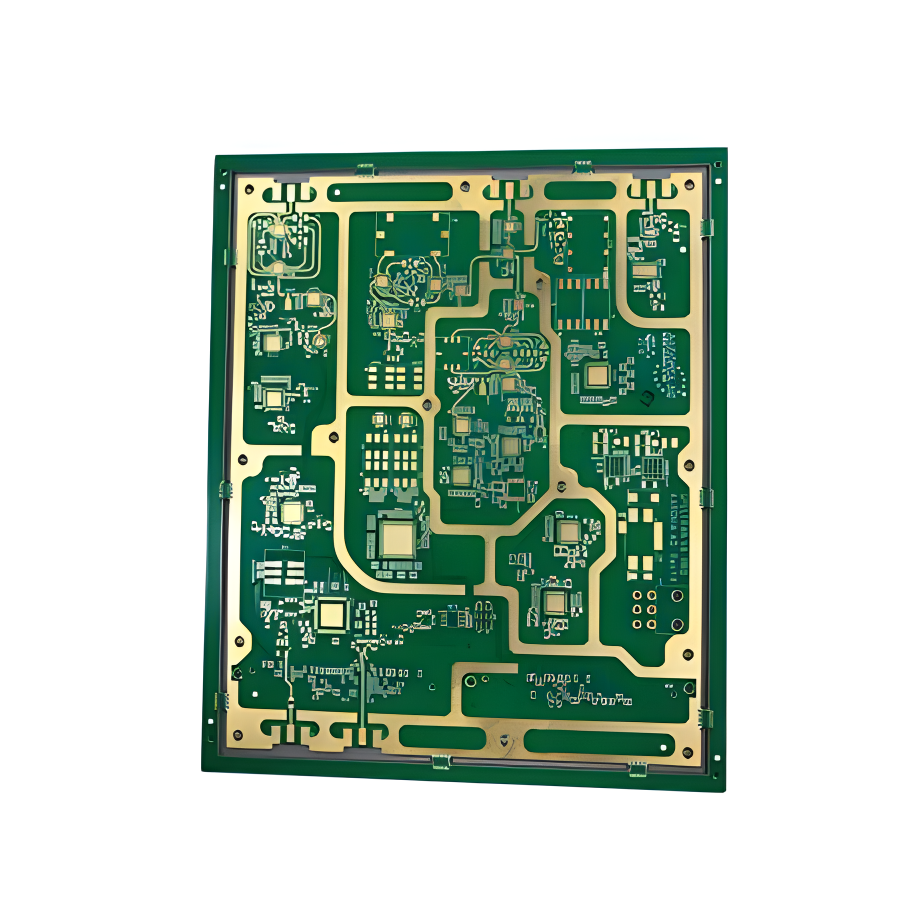 Rogers High-Frequency Board
Rogers High-Frequency Board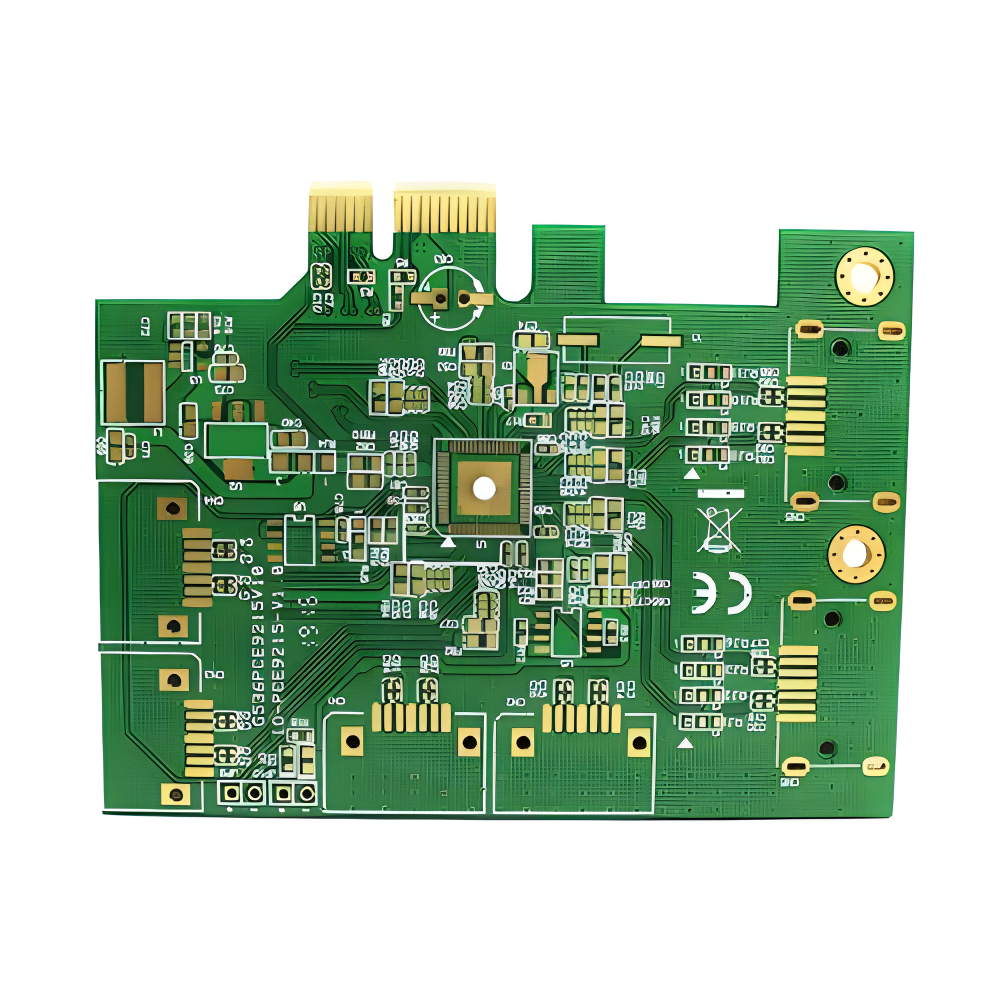 PTFE Teflon High-Frequency Board
PTFE Teflon High-Frequency Board Aluminum
Aluminum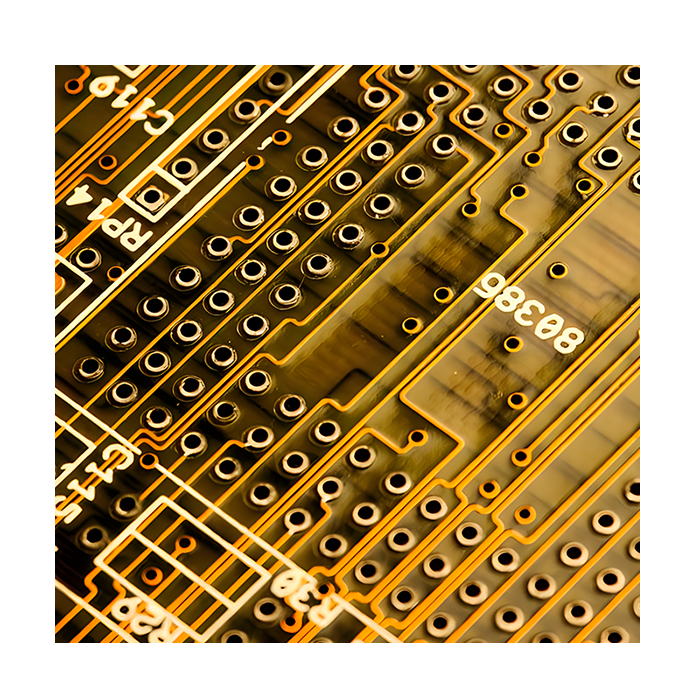 Copper Core
Copper Core PCB Assembly
PCB Assembly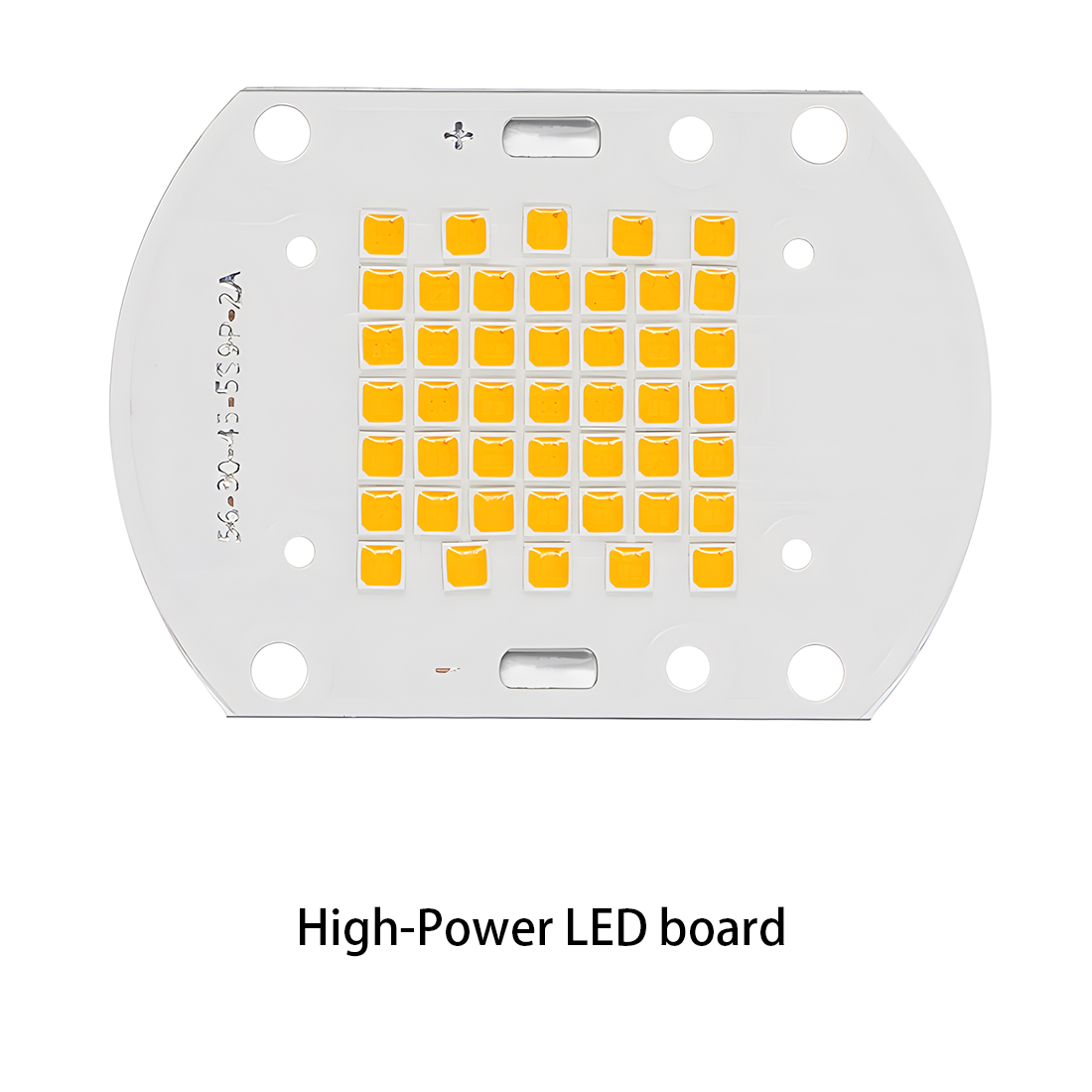 LED light PCBA
LED light PCBA Memory PCBA
Memory PCBA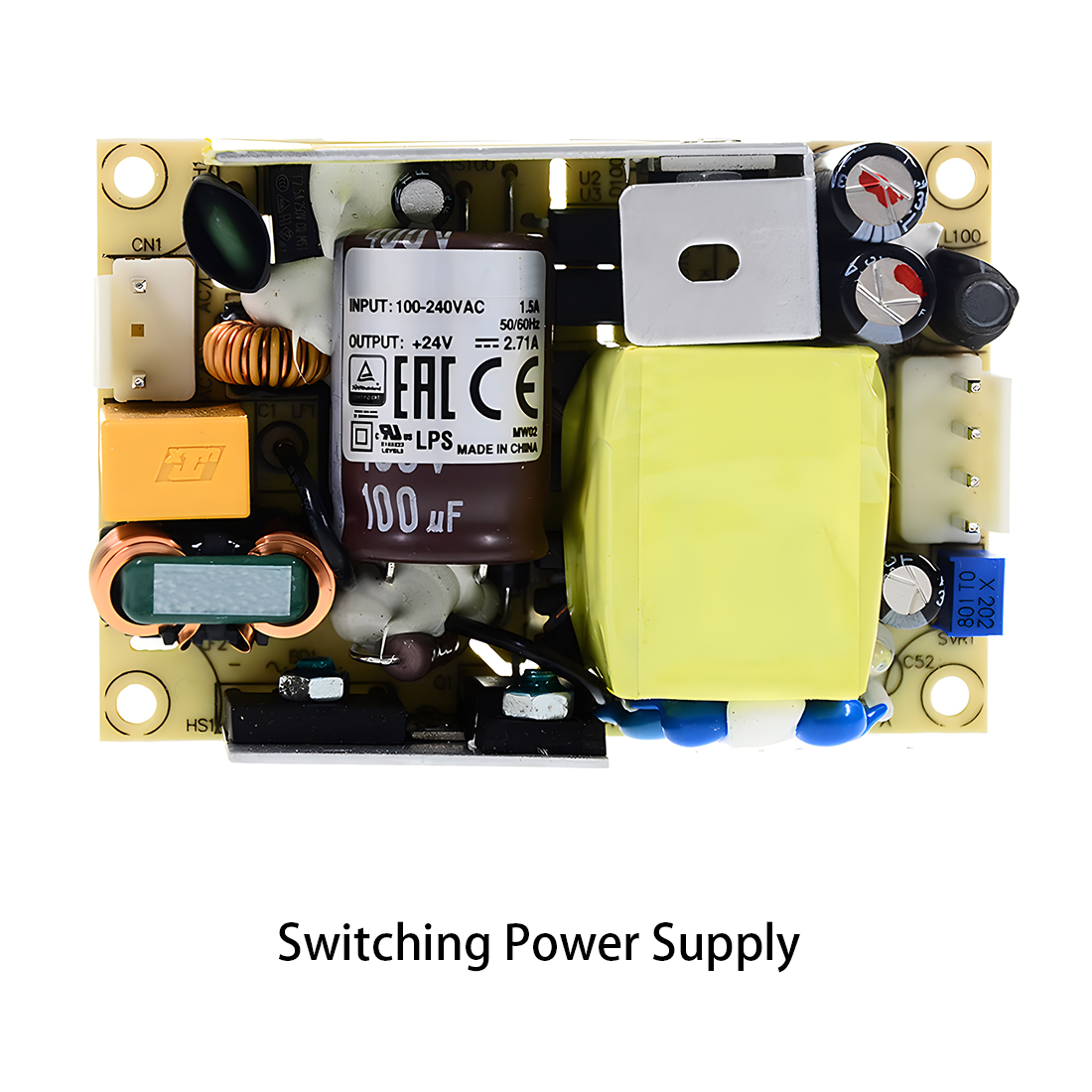 Power Supply PCBA
Power Supply PCBA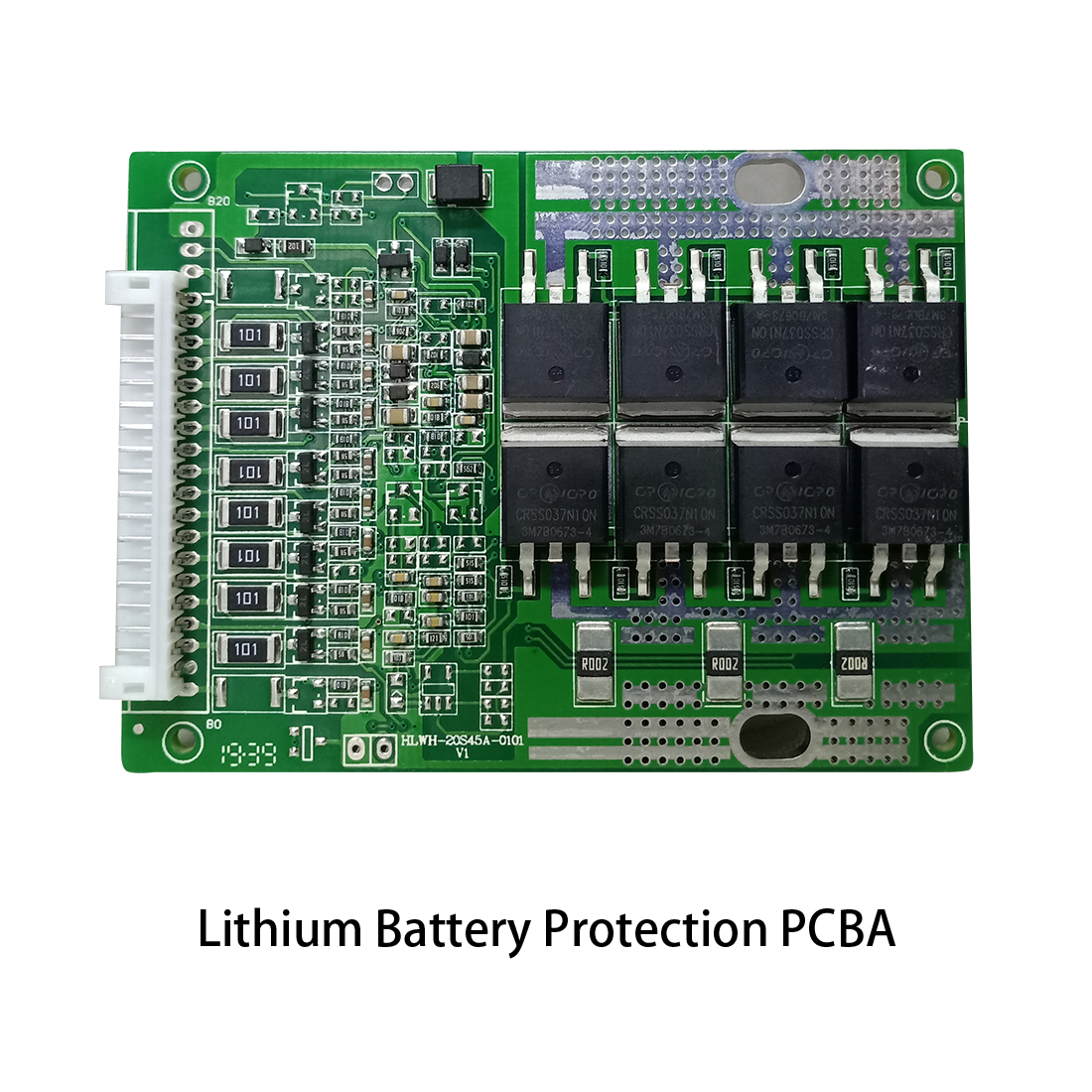 New Energey PCBA
New Energey PCBA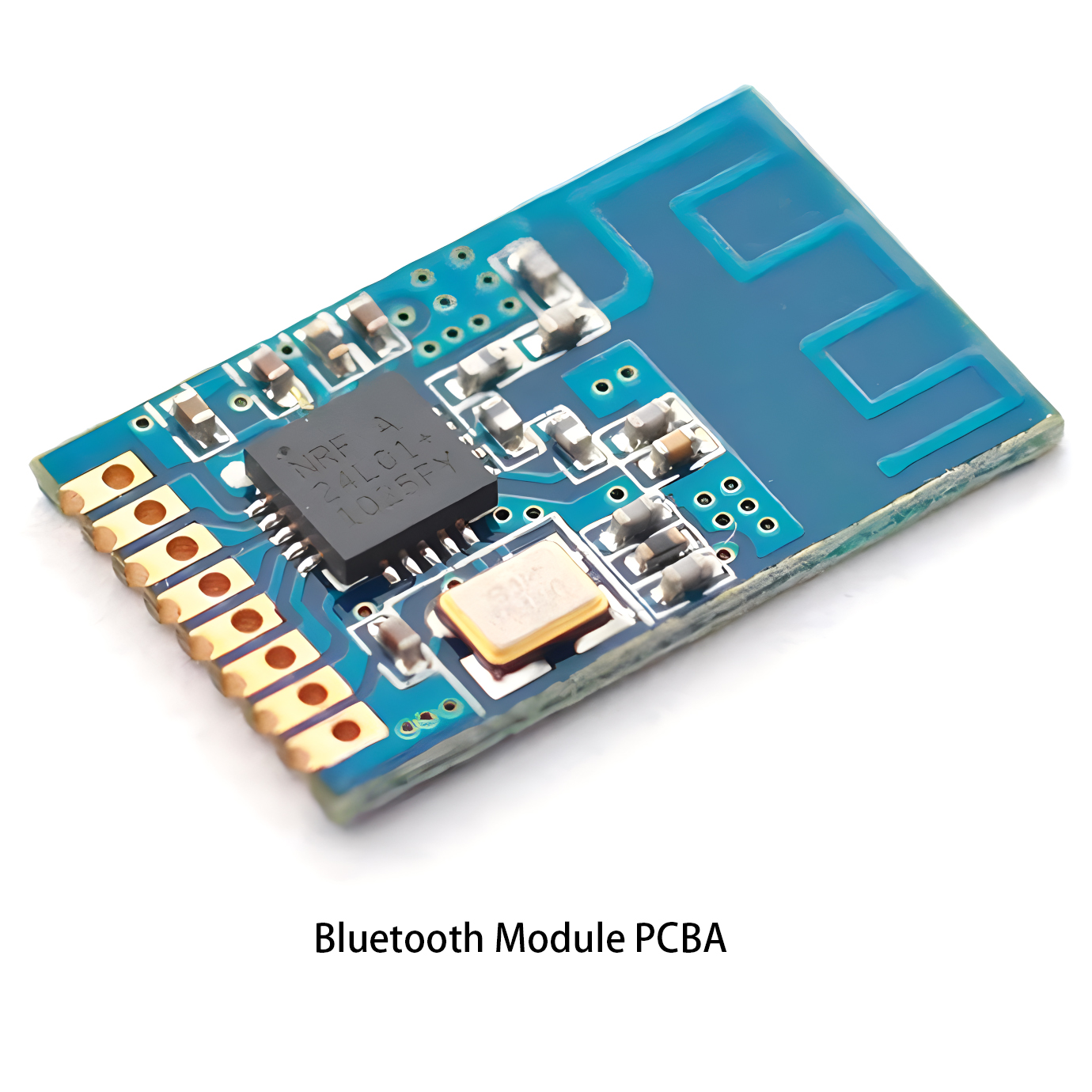 Communication PCBA
Communication PCBA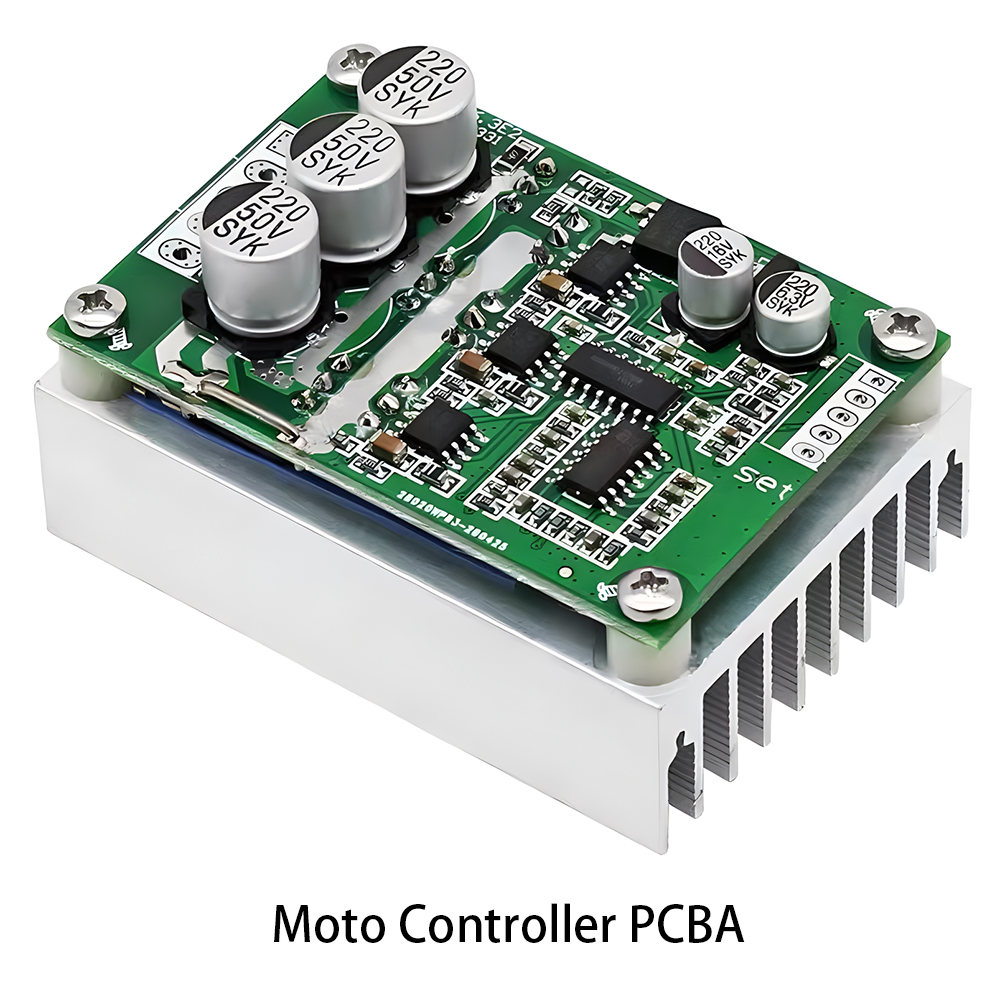 Industrial Control PCBA
Industrial Control PCBA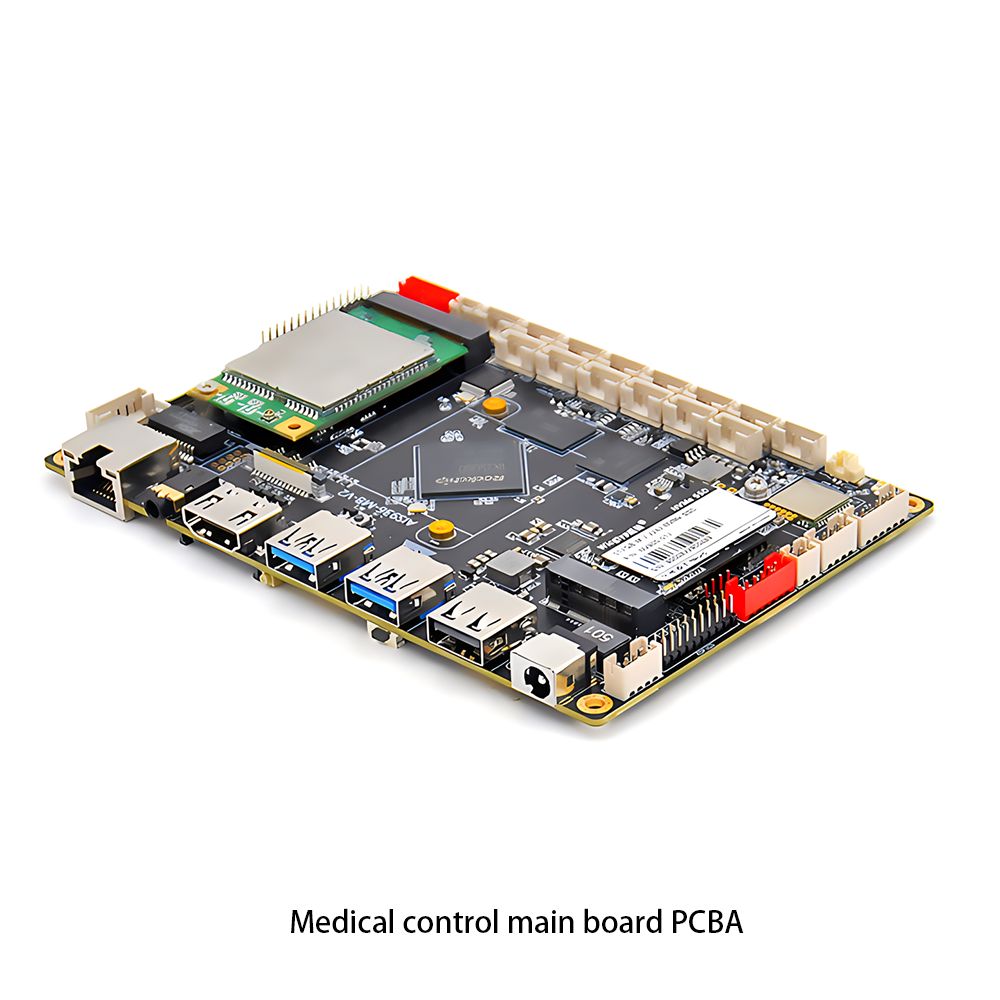 Medical Equipment PCBA
Medical Equipment PCBA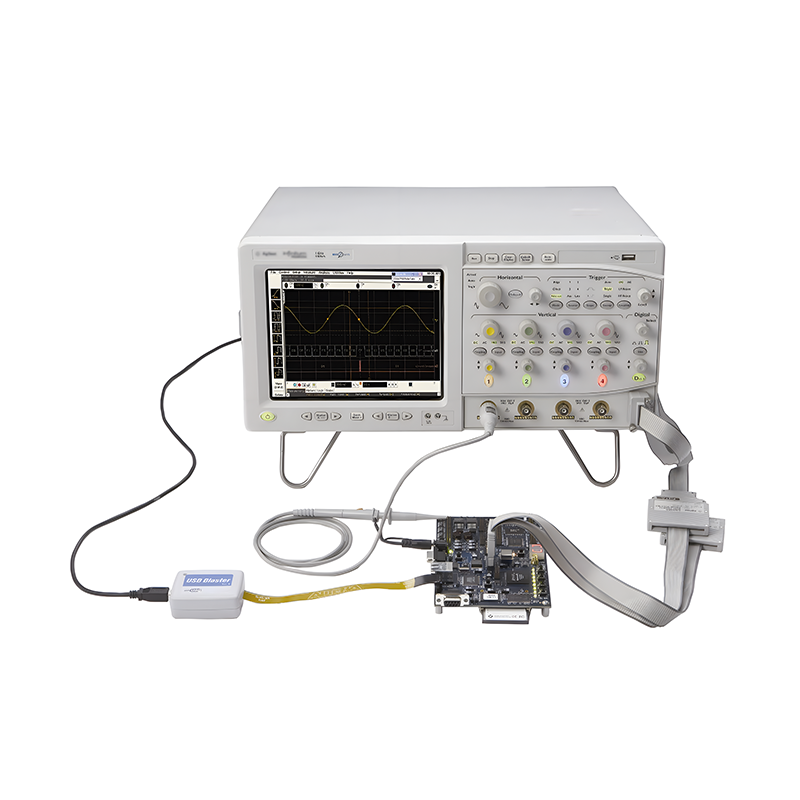 PCBA Testing Service
PCBA Testing Service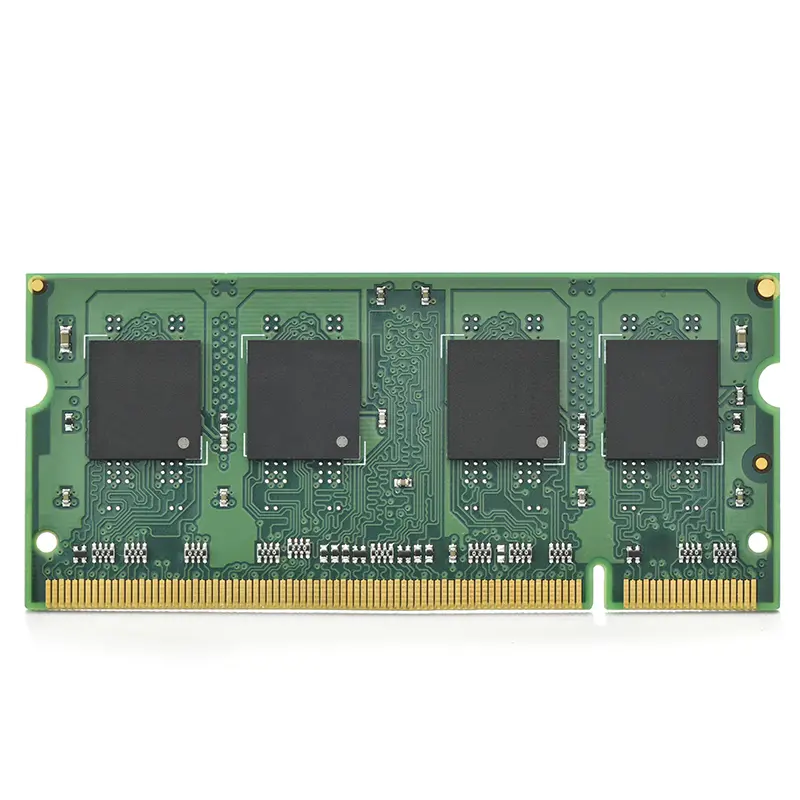 Certification Application
Certification Application RoHS Certification Application
RoHS Certification Application REACH Certification Application
REACH Certification Application CE Certification Application
CE Certification Application FCC Certification Application
FCC Certification Application CQC Certification Application
CQC Certification Application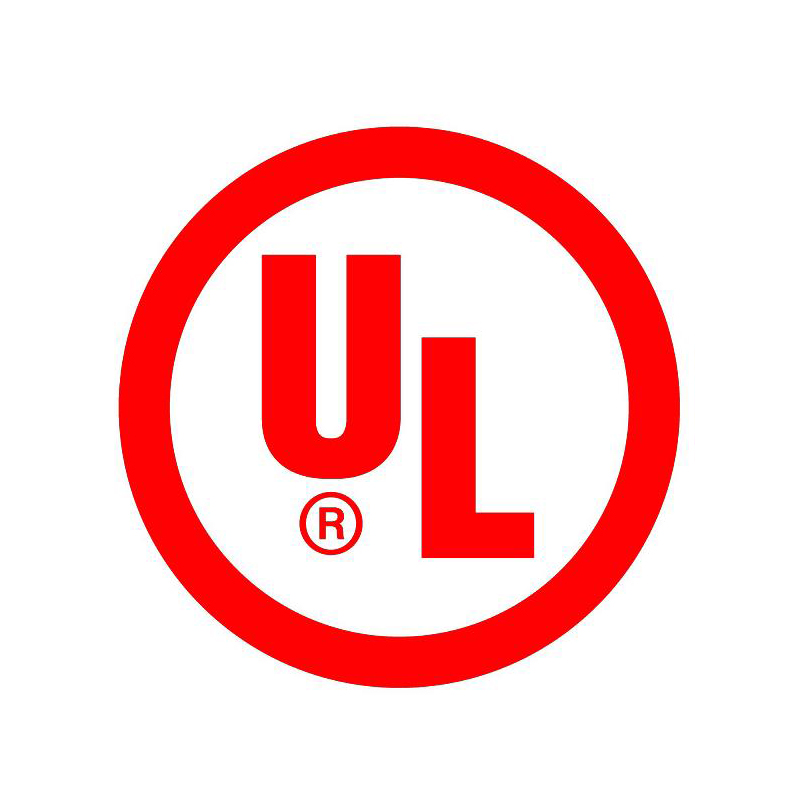 UL Certification Application
UL Certification Application Transformers, Inductors
Transformers, Inductors High Frequency Transformers
High Frequency Transformers Low Frequency Transformers
Low Frequency Transformers High Power Transformers
High Power Transformers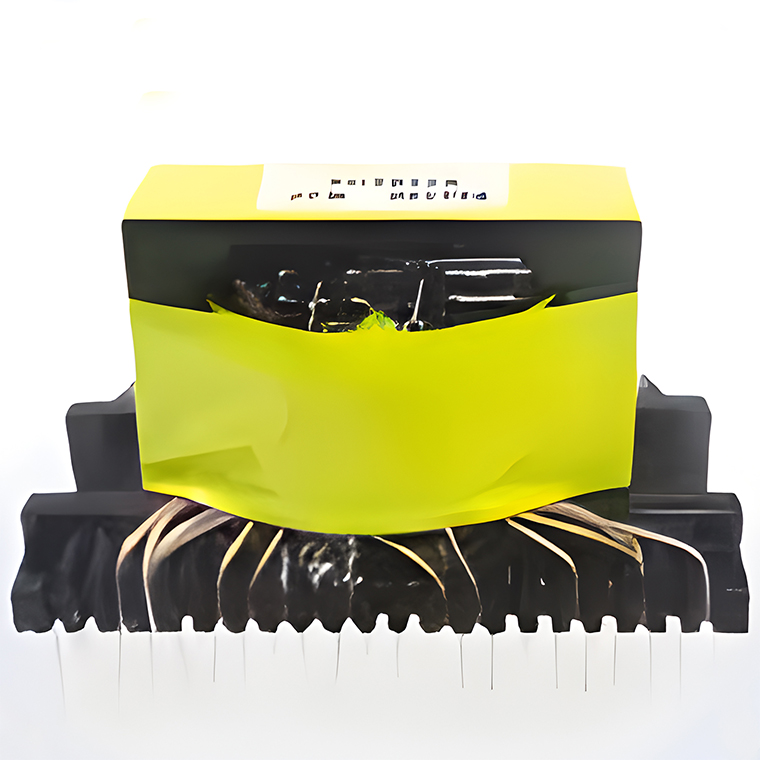 Conversion Transformers
Conversion Transformers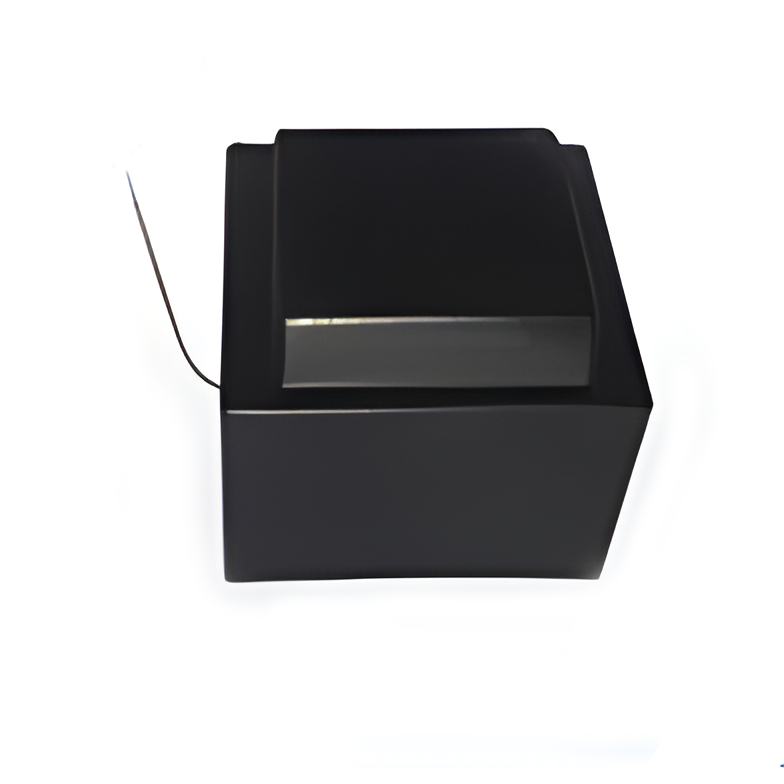 Sealed Transformers
Sealed Transformers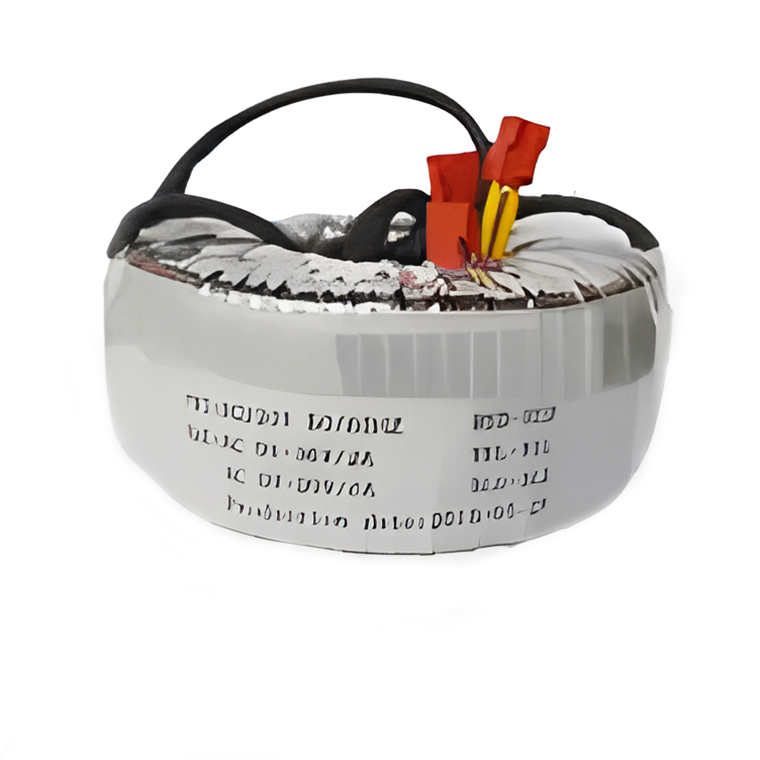 Ring Transformers
Ring Transformers Inductors
Inductors Wires,Cables Customized
Wires,Cables Customized Network Cables
Network Cables Power Cords
Power Cords Antenna Cables
Antenna Cables Coaxial Cables
Coaxial Cables Net Position Indicator(网位仪)
Net Position Indicator(网位仪) Capacitors
Capacitors Connectors
Connectors Diodes
Diodes Embedded Processors & Controllers
Embedded Processors & Controllers Digital Signal Processors (DSP/DSC)
Digital Signal Processors (DSP/DSC) Microcontrollers (MCU/MPU/SOC)
Microcontrollers (MCU/MPU/SOC) Programmable Logic Device(CPLD/FPGA)
Programmable Logic Device(CPLD/FPGA) Communication Modules/IoT
Communication Modules/IoT Resistors
Resistors Through Hole Resistors
Through Hole Resistors Resistor Networks, Arrays
Resistor Networks, Arrays Potentiometers,Variable Resistors
Potentiometers,Variable Resistors Aluminum Case,Porcelain Tube Resistance
Aluminum Case,Porcelain Tube Resistance Current Sense Resistors,Shunt Resistors
Current Sense Resistors,Shunt Resistors Switches
Switches Transistors
Transistors Power Modules
Power Modules Isolated Power Modules
Isolated Power Modules DC-AC Module(Inverter)
DC-AC Module(Inverter) RF and Wireless
RF and Wireless